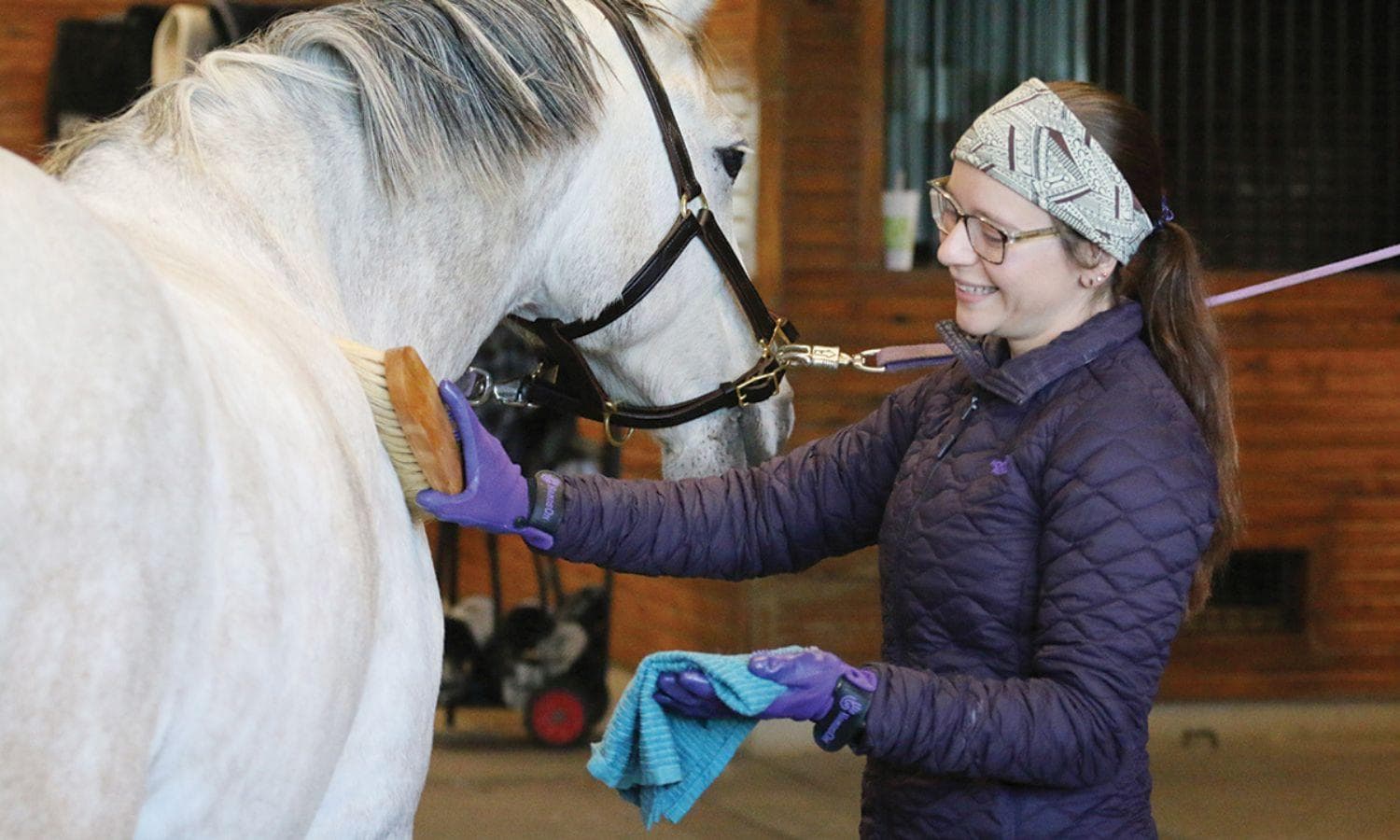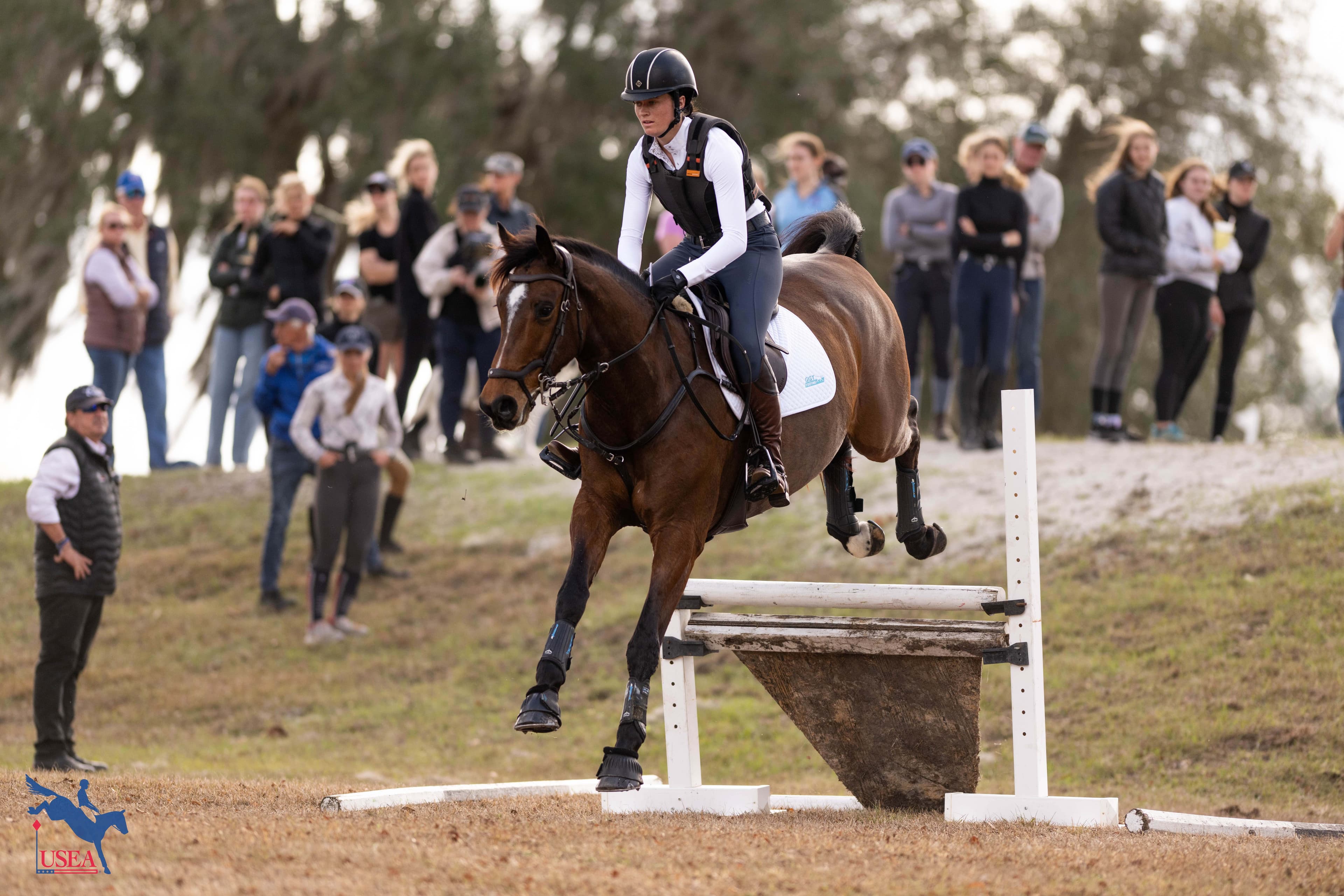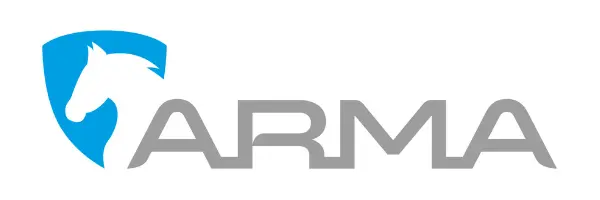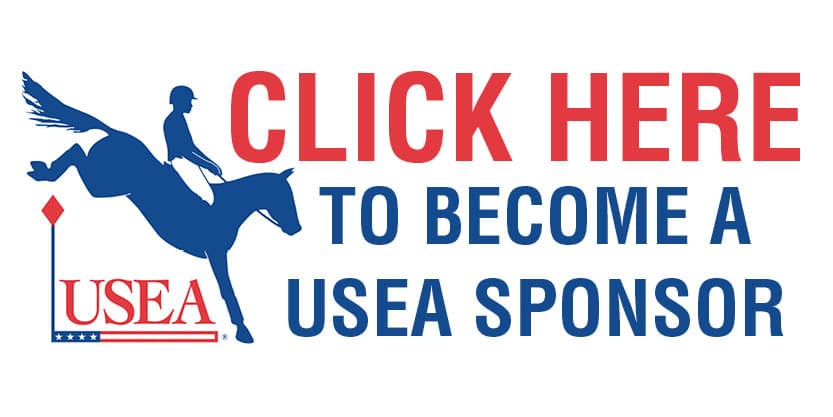7 Summer Hoof Care Tips for Event Horses from Farrier Chris Martelli
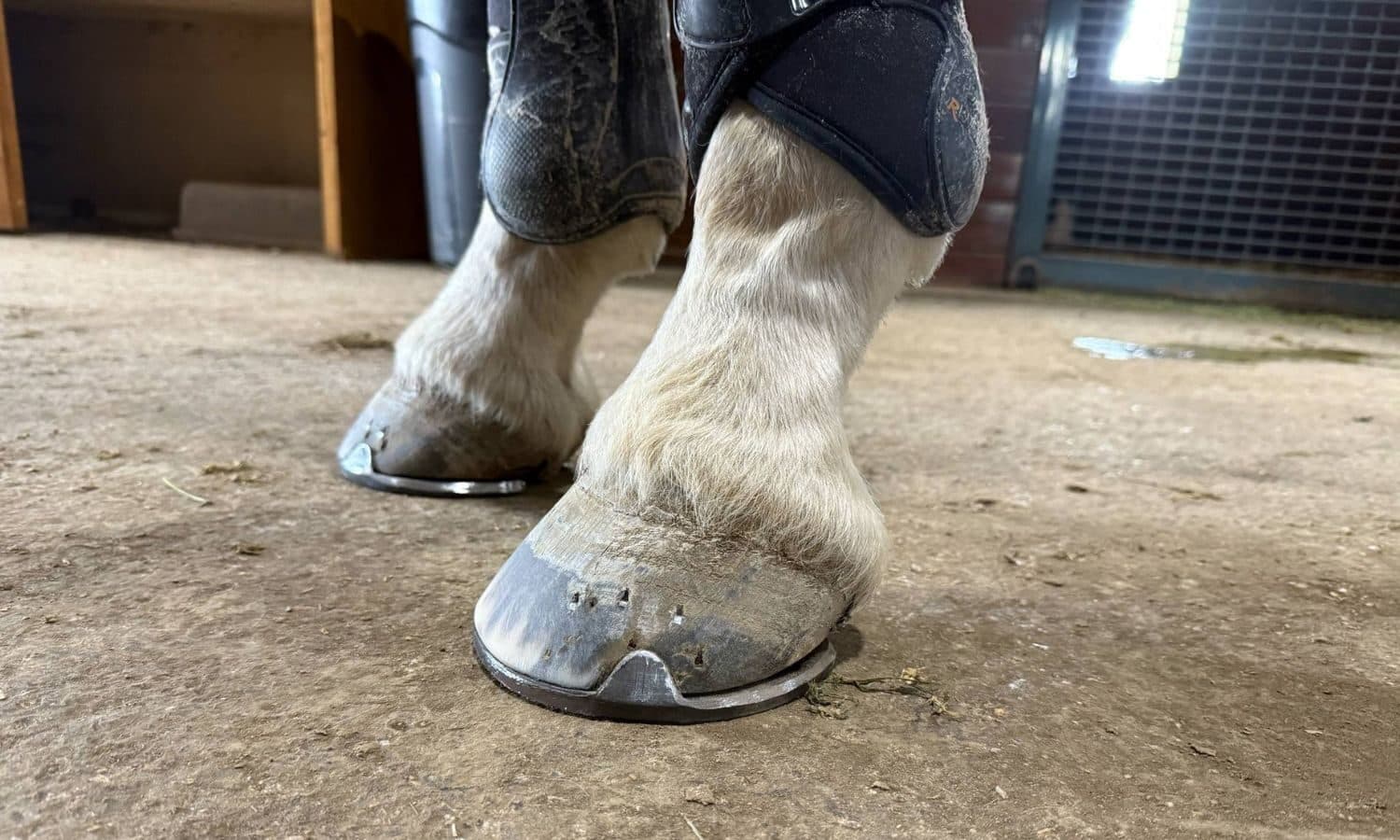
We're celebrating National Farriers Week, and we caught up with top farrier Chris Martelli for some summer hoof care tips. Be sure to tell your farrier this week (and honestly, every time you see them!) how much you appreciate them (and maybe bring them a cup of coffee!).
For Martelli, summer hoof care starts long before a horse sets foot in a show ring. Based just outside Lexington, Kentucky, Martelli often shoes for Olympic-level eventers and top professionals across the country, but his practical, prevention-focused approach is just as useful for any rider navigating a busy summer season.
“Summer is tough on feet,” said Martelli, who spent 12 years running his Fox Hill Forge in Ocala, Florida, before relocating to Kentucky with his wife, Claire Martelli, and their two young children. “Between the heat, flies, wet footing, and constant stomping, horses’ hooves take a beating—but small adjustments can make a big difference.”
Here are seven key takeaways for keeping your horse sound and competition-ready during the summer months.
1. Watch the Water: Manage Moisture, Inside and Out
“Moisture is the biggest challenge I see in summer,” Chris said. Horses turned out overnight in dewy grass—and then rinsed after every ride—often end up with saturated feet for 20-plus hours a day.
Over time, that wet-dry cycle weakens hoof walls, speeds up sole exfoliation, and invites debris and bacteria into the foot. Chris suggests keeping stalls dry with shavings (not straw), using fans for airflow, and picking feet as soon as horses come in—not just before tacking up.
Takeaway: Limit unnecessary moisture and give hooves time to dry. Use absorbent bedding and daily hoof cleaning to stay ahead of problems.
2. Don’t Overcorrect: Stay Consistent with Dressings
While it’s tempting to switch between “hardening” and “conditioning” products, Chris advises against over-managing. “People try to harden when it’s wet and soften when it’s dry,” he said. “But that constant fluctuation actually works against you.”
Instead, pick a quality topical product and stay consistent with it through the season. For soles, he recommends applying Durasole three times a week with an old toothbrush to help maintain strength without trapping moisture.
Takeaway: Consistency is more important than trying to outsmart the weather. Choose a routine and stick with it.
3. Fight Flies Proactively
“Flies are brutal,” Chris said, especially in the cross ties or while horses are standing in stalls. “If I’m working, and all I hear is clunk, clunk, clunk on concrete—it’s just constant stomping.” That pressure loosens nails, shears shoe edges, and leads to premature pull-offs.
His rule? Spray before you tack up, not after. Fans in stalls and regular fly spray applications (especially on barefoot horses) reduce the stress and strain caused by stomping and pawing.
Takeaway: Don’t wait until they’re fidgeting—keep horses fly-free before the damage is done.
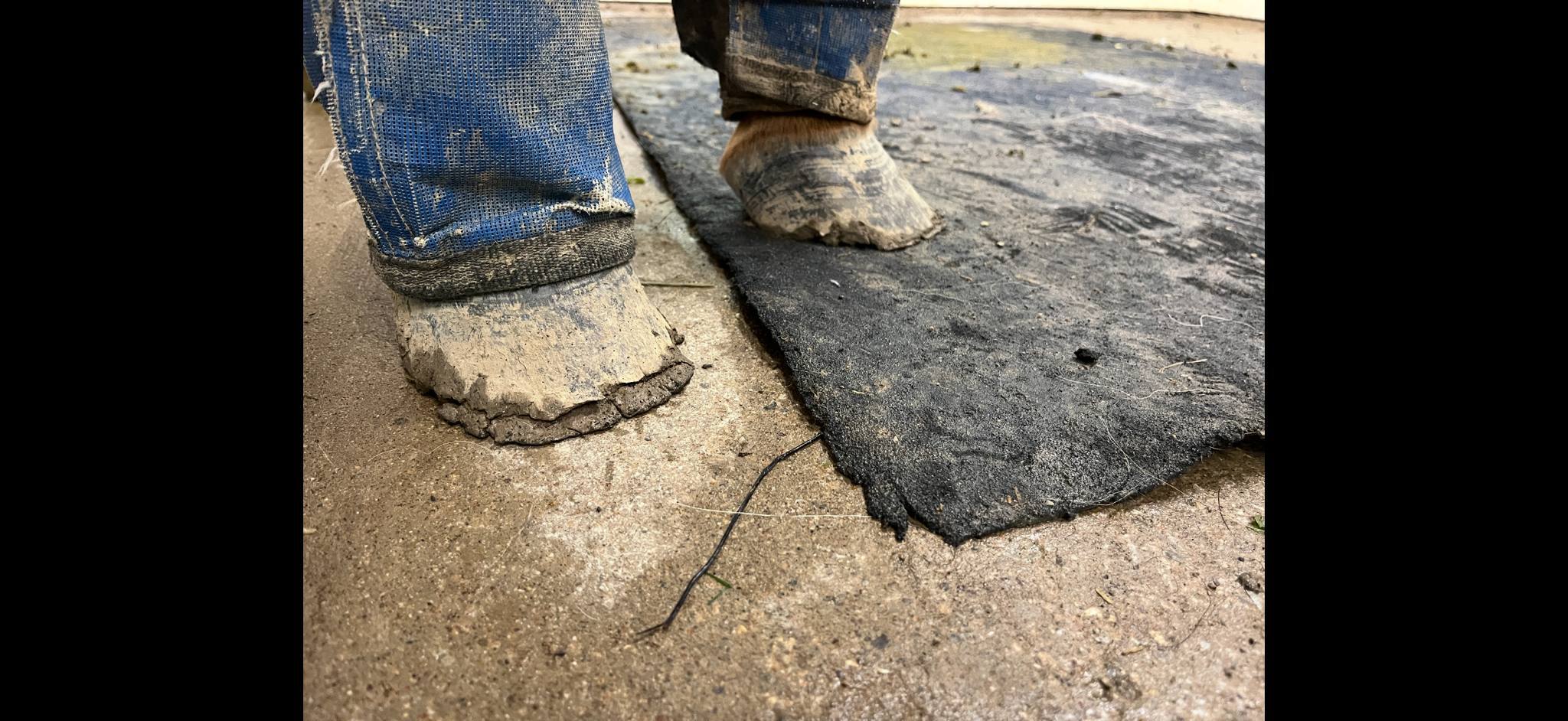
4. Plan Ahead—and Pack an Extra Set
Whether you’re heading to your first starter trial or a FEI event, summer is not the time to wing it. Chris works with top eventers to map out shoeing cycles based on their competition calendar. “If I know they've got a five-week gap because of travel, I make sure there’s a fresh spare set duct-taped in the tack trunk,” he said. “It's a lifesaver.”
Even if you’re not traveling across the country to compete, Chris recommends keeping extra shoes and studs on hand that have been pre-fit and drilled by your farrier.
Takeaway: Good shoeing is about timing. Coordinate schedules in advance and carry spares to avoid last-minute scrambles.
5. Keep It Simple (and Communicate Often)
Although Martelli works with some of the sport’s biggest names, his advice applies just as well to riders at the lower levels: Pick out hooves daily. Avoid unnecessary pads, which can trap moisture or create imbalance unless used thoughtfully. Use bell boots in the field—but remove them in the stall to prevent rubs. And most importantly, speak up if something seems off.
“If you see something, say something,” he said. “Don’t wait four weeks to tell your farrier your horse has been off. The sooner I know, the sooner we can fix it.”
He also emphasized the importance of teamwork. Whether you’re working with a vet, physiotherapist, or barn manager, consistent communication is key—especially in the heat of summer.
Takeaway: Stay observant, keep things simple, and build a team that communicates well.
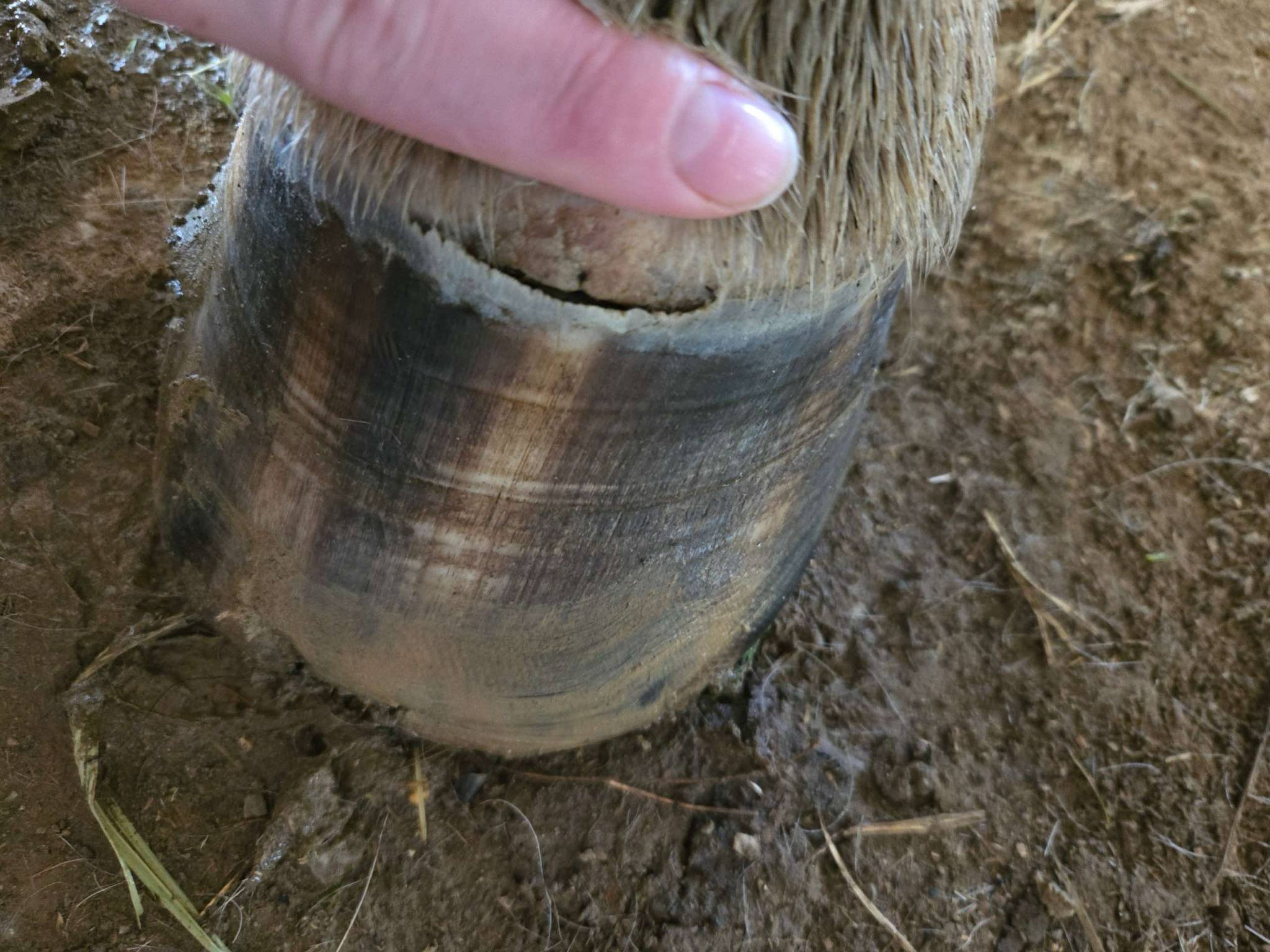
6. Know When to Call the Farrier
Martelli emphasizes that early communication is key when it comes to preventing more serious issues. While farriers typically work on a four- to five-week cycle, noticing subtle changes in your horse’s movement, hoof wear, or shoeing condition can make a big difference.
“At the end of the day, I only see the horse once a month,” he said. “So if something looks off—say something. Don’t wait until your next appointment. A quick heads-up gives us time to adjust or prepare for what your horse might need.”
Even something as simple as keeping notes on footing, turnout changes, or sore spots can help your farrier tailor care more precisely.
Takeaway: Don’t wait for a problem to escalate. A heads-up between visits can prevent a bigger issue later.
7. Pay Attention to the Environment: Fields, Footing, and Watering Spots
Chris stresses how seemingly unrelated factors—like where a water trough is placed or how tall the grass is—can influence hoof condition. “When I walk into a barn, I’m looking at everything: the grass height, the watering spots, the arenas,” he said. “It all plays a role.”
Placing water near gates may be convenient, but often creates mud pits in high-traffic zones. Moving water or hay to different areas encourages horses to spread out and avoid standing in chronically wet spots. Chris also warns against riding in overly saturated arenas, which can create a suction effect on shoes. “Sometimes I’ll tell people to just stud up and ride in the field instead,” he said.
Takeaway: Look beyond the hooves. Managing your farm layout and arena conditions helps prevent problems before they start.
Chris admits that much of what he’s learned about summer hoof care has come from years of watching what happens outside the shoeing area. With a little extra awareness and a proactive approach, riders at every level can help their horses maintain healthy, resilient feet—no matter how hot the season gets
Chris Martelli was born and raised in Lexington, Kentucky, and ran his Fox Hill Forge out of Ocala, Florida, for 12 years before relocating back to Lexington with his wife, Claire Martelli, and their young children. Chris was living and working in Colorado as a cell tower tech after graduating from boarding school in Virginia when he attended a World Championship of Blacksmiths competition on a weekend off and couldn’t get enough. He immediately enrolled into the Kentucky Horse Shoeing School in 2009. Chris was the first student to complete and graduate from the most advanced program offered by KHS and earned a diploma from the National Farrier Training Center in 2012. He shod primarily Thoroughbreds in his first seven years, including Kentucky Derby, Preakness, Belmont, and Breeders Cup horses. Chris now works on Olympic show jumpers and eventers and was an official farrier of the Alltech FEI World Equestrian Games in Tryon, North Carolina, in 2018. His client list includes top eventers Lauren Nicholson, Mia Farley, and Lucienne Bellissimo. In 2022, Chris shod three horses on the U.S. team for the FEI World Eventing Championship (Italy): Mai Baum, Off The Record, and Vermiculus.


